Strolling Around the Yorkshire Arboretum
A little-known gem beside its more famous neighbour, Castle Howard
Castle Howard is one of Yorkshire’s best known and much loved attractions. But many people don’t realize that there is another great place to visit immediately adjacent to Castle Howard - the lovely Yorkshire Arboretum.
A country lane leads away from the roundabout at the entrance to Castle Howard, and takes you instead to the car park for the Arboretum. There is a small gift shop and a cafe with indoor and outdoor seating at the entrance.
The Yorkshire Arboretum is managed jointly by the Castle Howard Estate and the Royal Botanic Gardens, Kew. It consists of around 120 acres of beautiful parkland, filled with over 7000 trees, together with ponds, trails, meadows and a red squirrel enclosure. It’s a wonderful and relaxing place to spend a few hours just wandering around the trails, admiring the trees and flowers, listening to the birds singing and enjoying the views.
The Arboretum was created between 1975 and 1992 on the site of a former deer park, so many of the trees in the collection are relatively young. New trees are constantly being planted, so the Arboretum will only get better over time.
However there are some much older trees that were already present in the parkland when the Arboretum was created. These include several magnificent old sweet chestnut trees (Castanea sativa), like the ones in the photos below.
The original bastion stone walls from the former deer park are still standing. These form an attractive part of the Arboretum’s boundary.
Matt and I always like to stroll around the main lake, which contains a sculpture of an osprey catching a fish.
A pair of swans breed here most years and raise their cygnets on the lake. Ducks and moorhens are also frequently present.
There are several good benches to sit and have a flask of coffee, enjoying the views, the birds and the tranquility of the surroundings.
A nice feature of the Arboretum is that all of the trees have an identification tag (though these can sometimes be difficult to find on larger specimens).
The tags have information about the species, classification and geographical origin of each tree. Good if, like me, you like to know what you are looking at.
Visiting regularly allows us to appreciate the seasonal changes that take place. In winter, when the deciduous trees have lost their leaves, the woods are eerily silent on cold calm days.
In spring the vibrant greens of fresh new leaves appear, seemingly overnight, and intensify into summer. The birdsong returns, as does the soothing sound of leaves rustling in the breeze.
In summer diverse insect life is abundant. On one visit I was lucky enough to capture the beautiful male broad-bodied chaser dragonfly (Libellula depressa) in the photo below. It was resting on a plant stem beside a small pond.
Only males have the blue abdomen with yellow spots; females have a brown abdomen with paler spots.
On another visit I filmed this gorgeous pale tussock moth caterpillar (Calliteara pudibunda) crawling along the ground. I love the way the segments of its body move as it crawls - and that cute tail….
Autumn is, of course, the most colourful season in the Arboretum. Many trees put on spectacular foliage displays, at their most beautiful on calm, sunny autumn days.
Two of my favourites are the flaming red ‘October Glory’ maples and the vivid yellow shagbark hickory trees shown in the photos below.
Autumn is also the best time to observe the abundant fungi in the Arboretum, like this colourful (but toxic) fly agaric mushroom.
Something I always look for on autumn visits is the unusual pink lobed berries of the spindle tree (Euonymus europaeus). The wood of this tree was used to make spindles for spinning in the past (hence the name), as well as toothpicks and skewers. The berries are very attractive but poisonous for humans, although they are a good food source for many birds.
The Red Squirrel Enclosure houses a small breeding population of native red squirrels, with the aim of reintroducing some of these lovely animals to the wild, thereby boosting wild populations.
The enclosure can be visited at any time, at no extra cost. A one-way boardwalk takes you through the enclosure, with several information boards. But the squirrels tend to be quite elusive. There are plenty of boxes and large trees for them to shelter in, and although we have seen them on a couple of occasions they have usually been hidden away when we visited.
Whatever the season, the Yorkshire Arboretum is a perfect place to stretch the legs, unwind, and enjoy this peaceful oasis hidden away in Yorkshire’s Howardian Hills.
Practical Information
Open - February to November
Facilities - car park, cafe, gift shop, toilets, benches and picnic tables.
Dogs are allowed, and must be kept on leads except in a designated area where they can run free.
Website (with location, opening times, access information and admission charges): Yorkshire Arboretum
Note that the Arboretum is closed for safety reasons if very strong winds are forecast.
This post is free for everyone to read. If you enjoy my posts and would like to support my writing and photography please consider a free or paid subscription.
You can see more of my photographs in my Picfair Gallery, where you can also purchase downloads and prints in various formats.
Paid subscribers can download all ‘Favourite Photos’ (including some from this post) for free here.

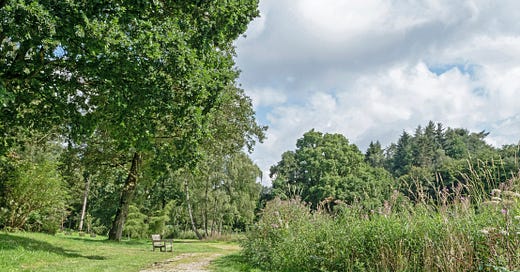



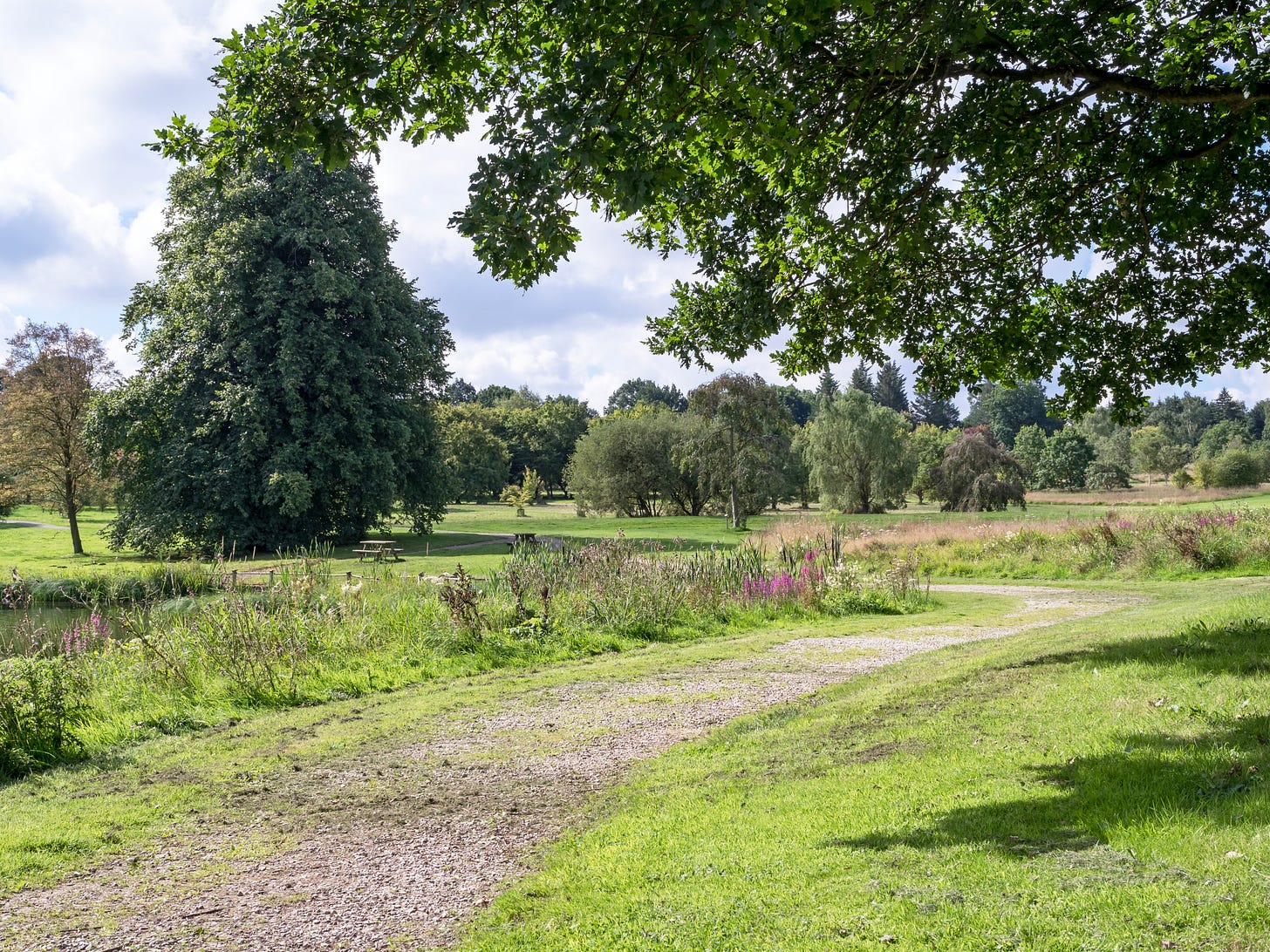
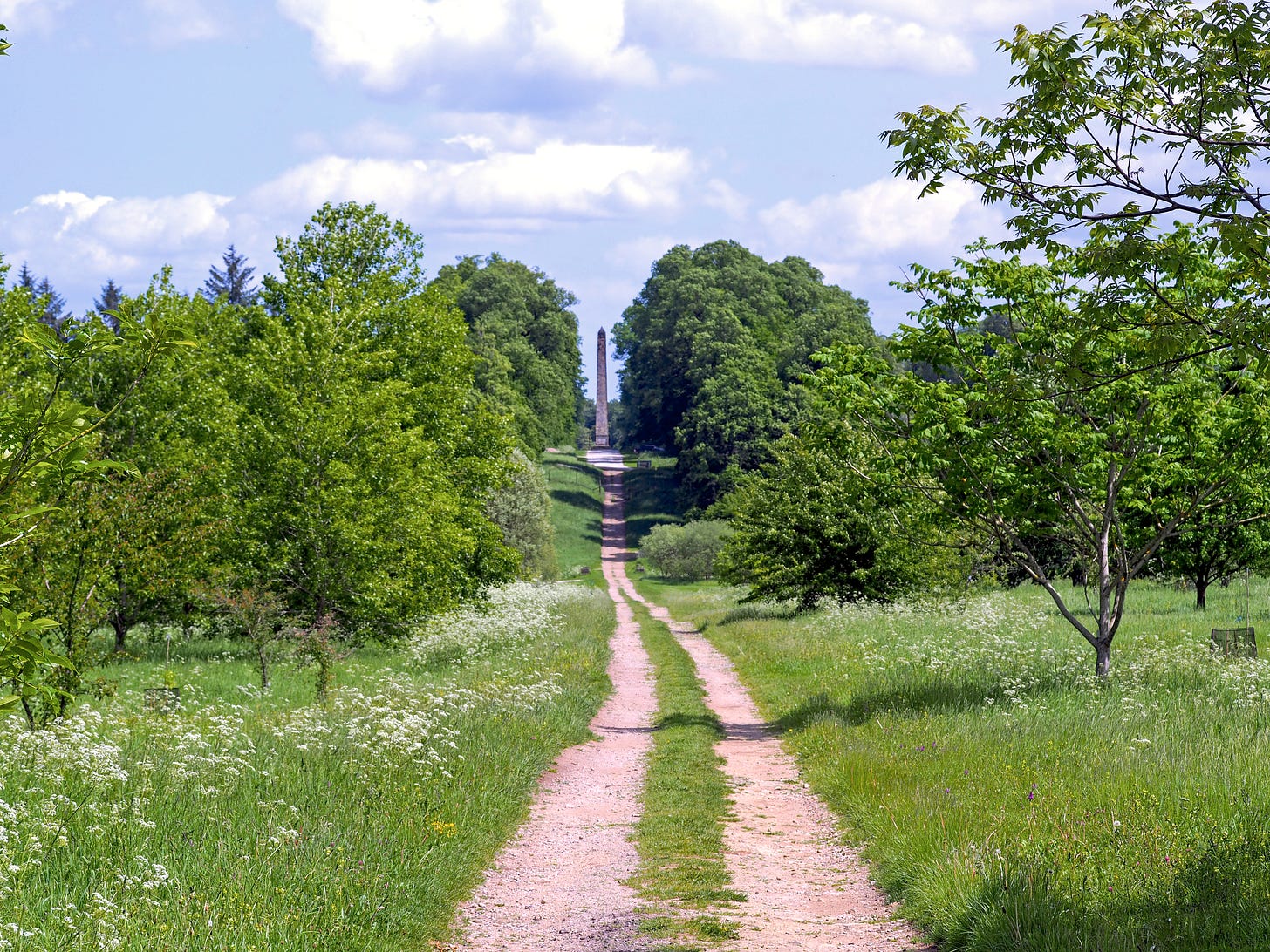
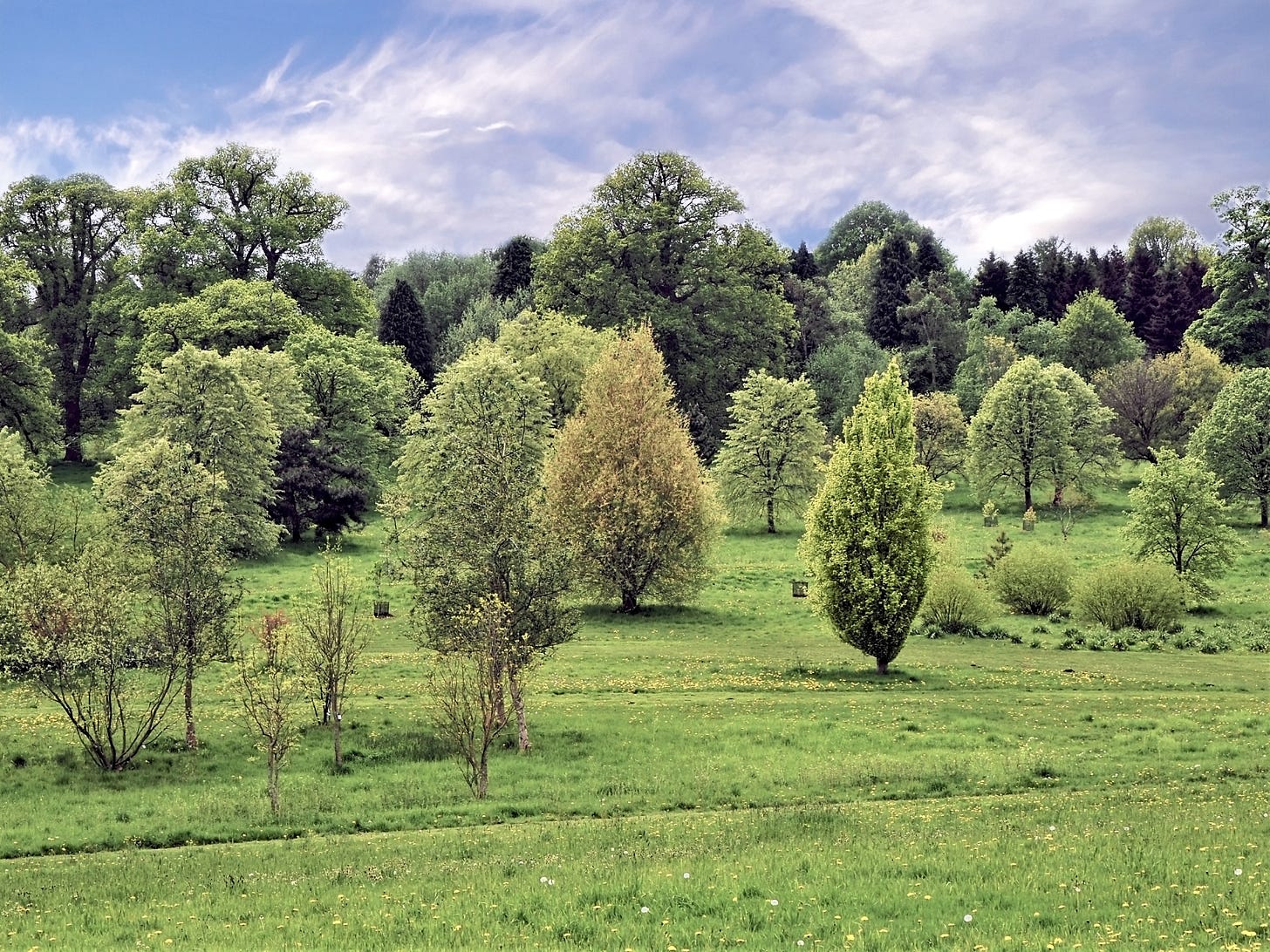
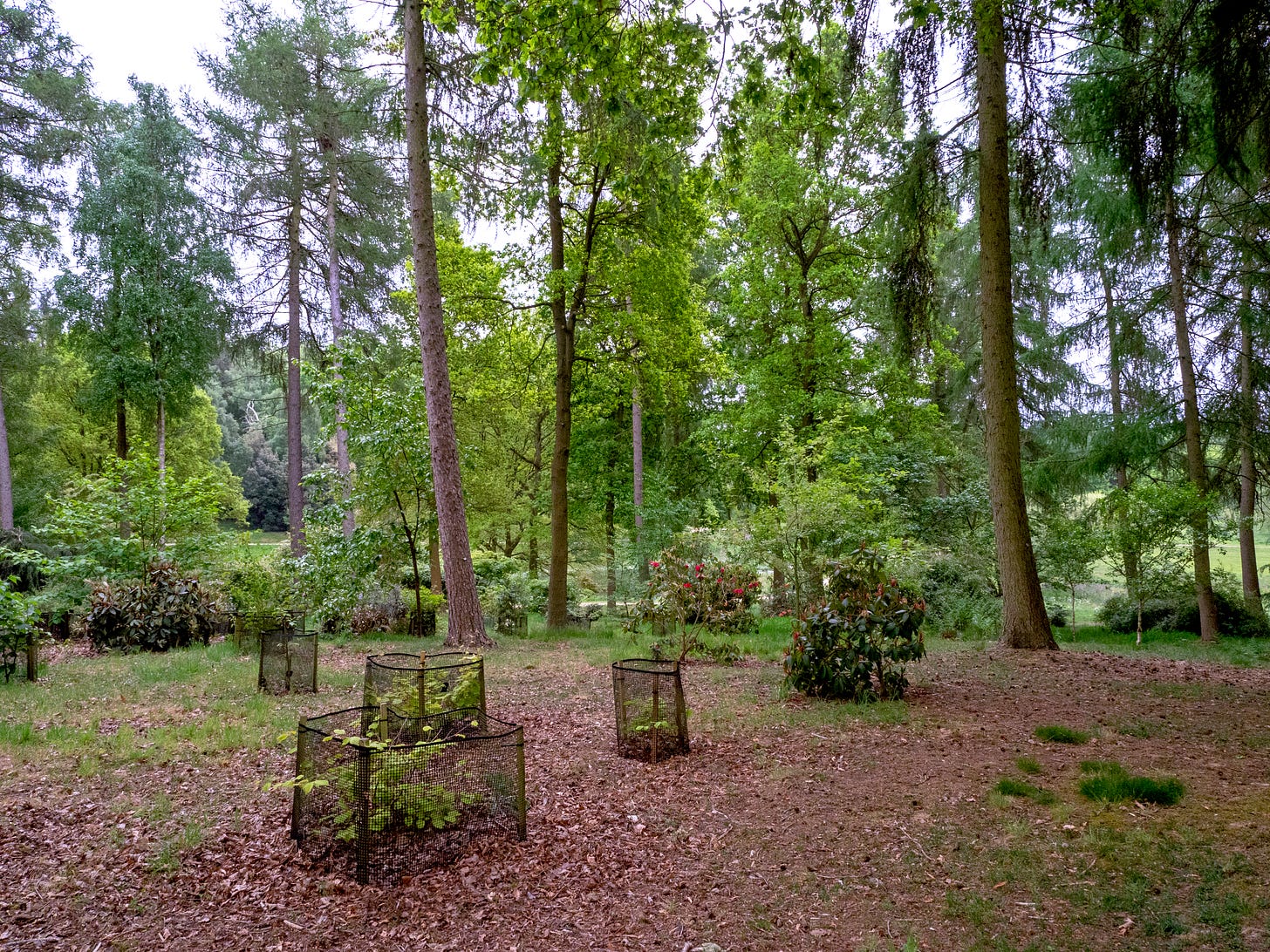
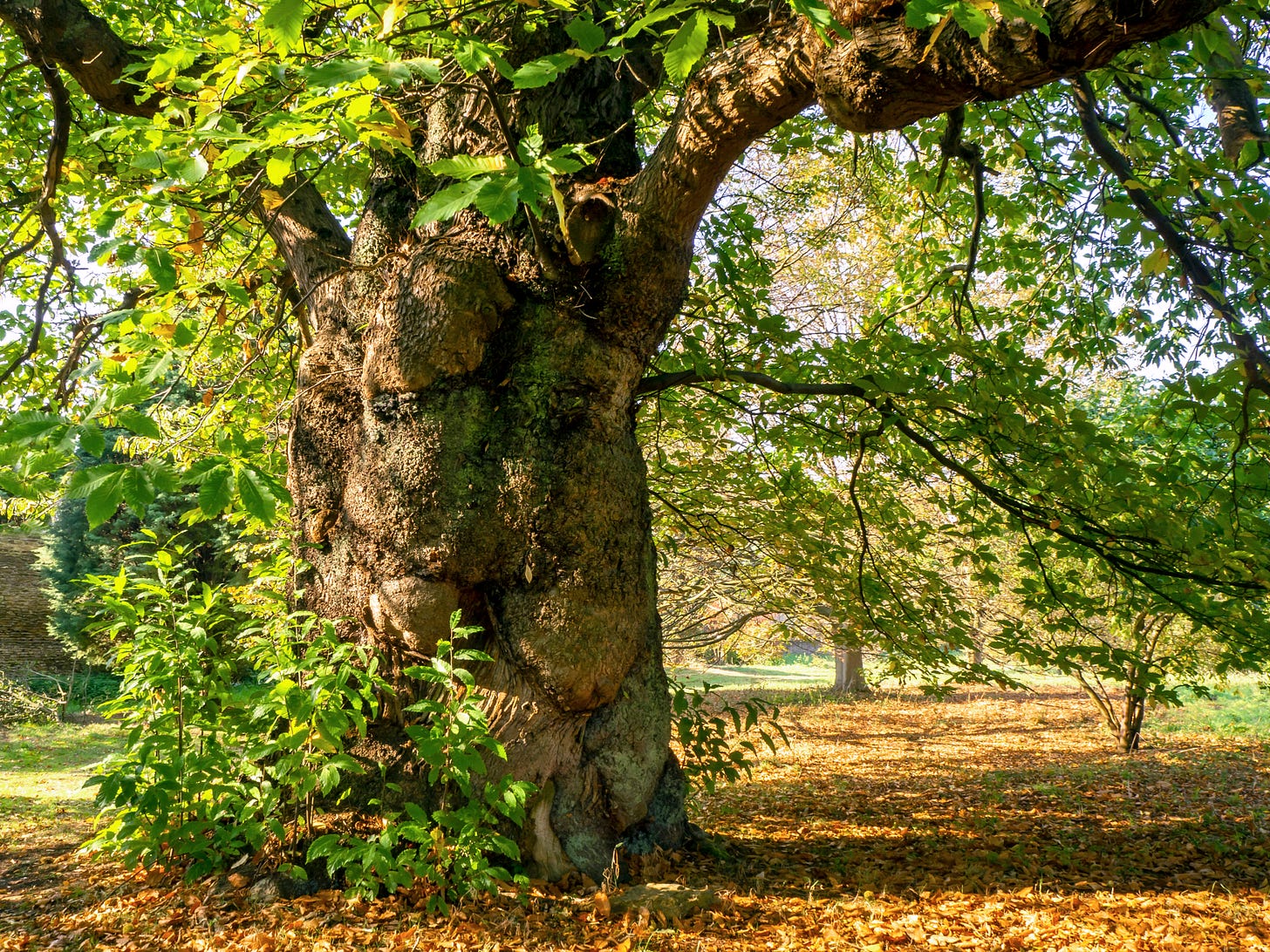

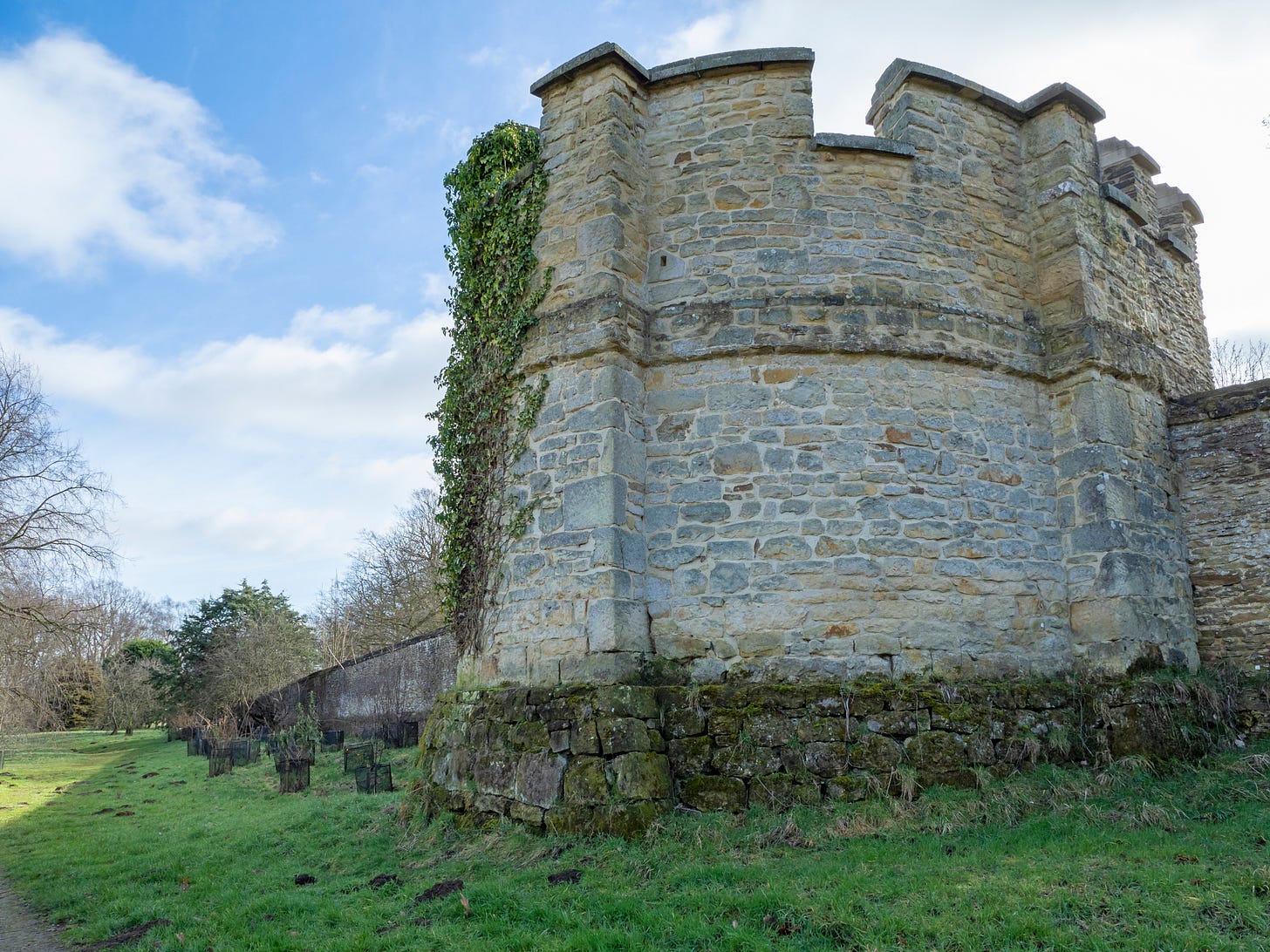
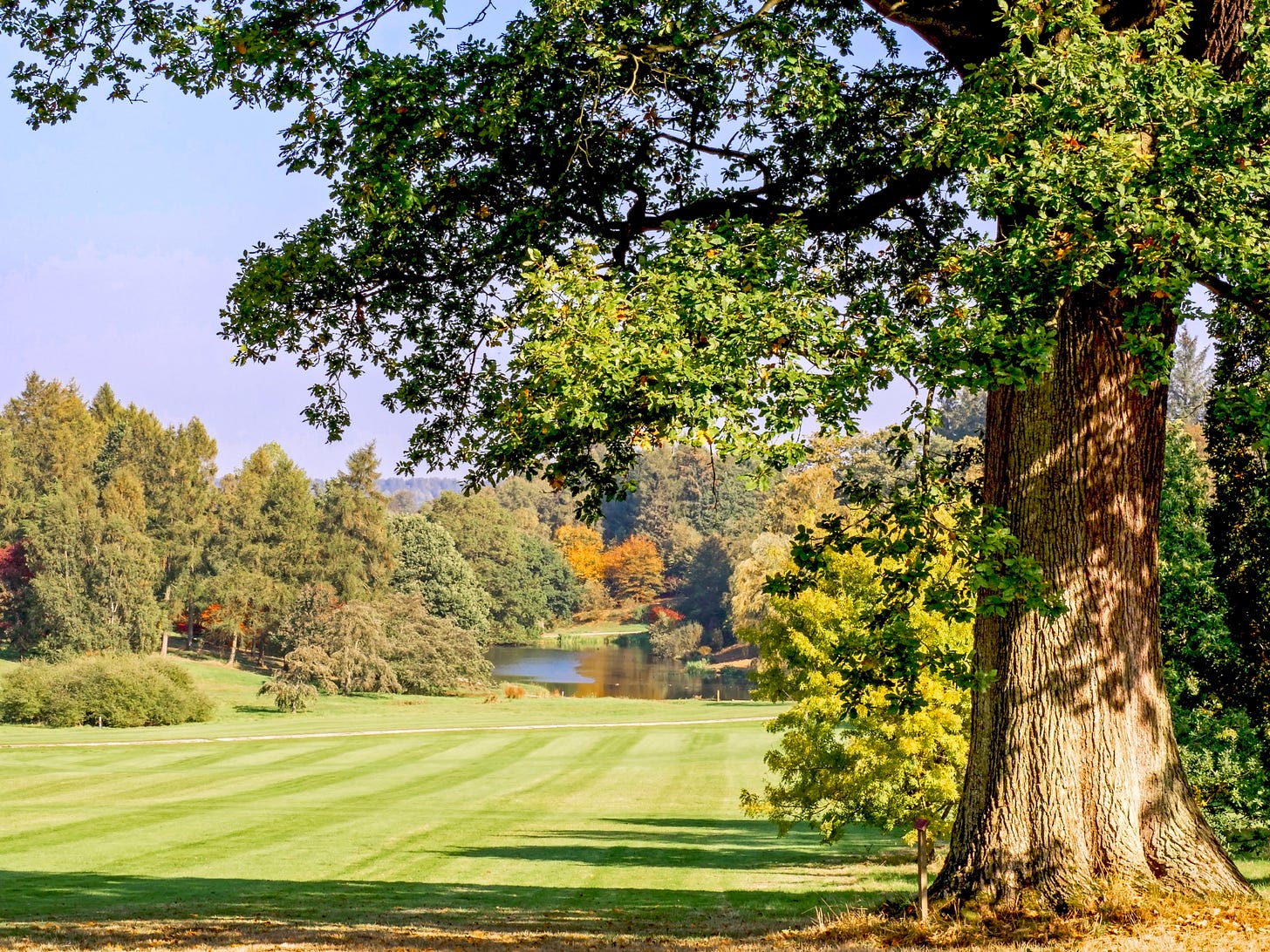
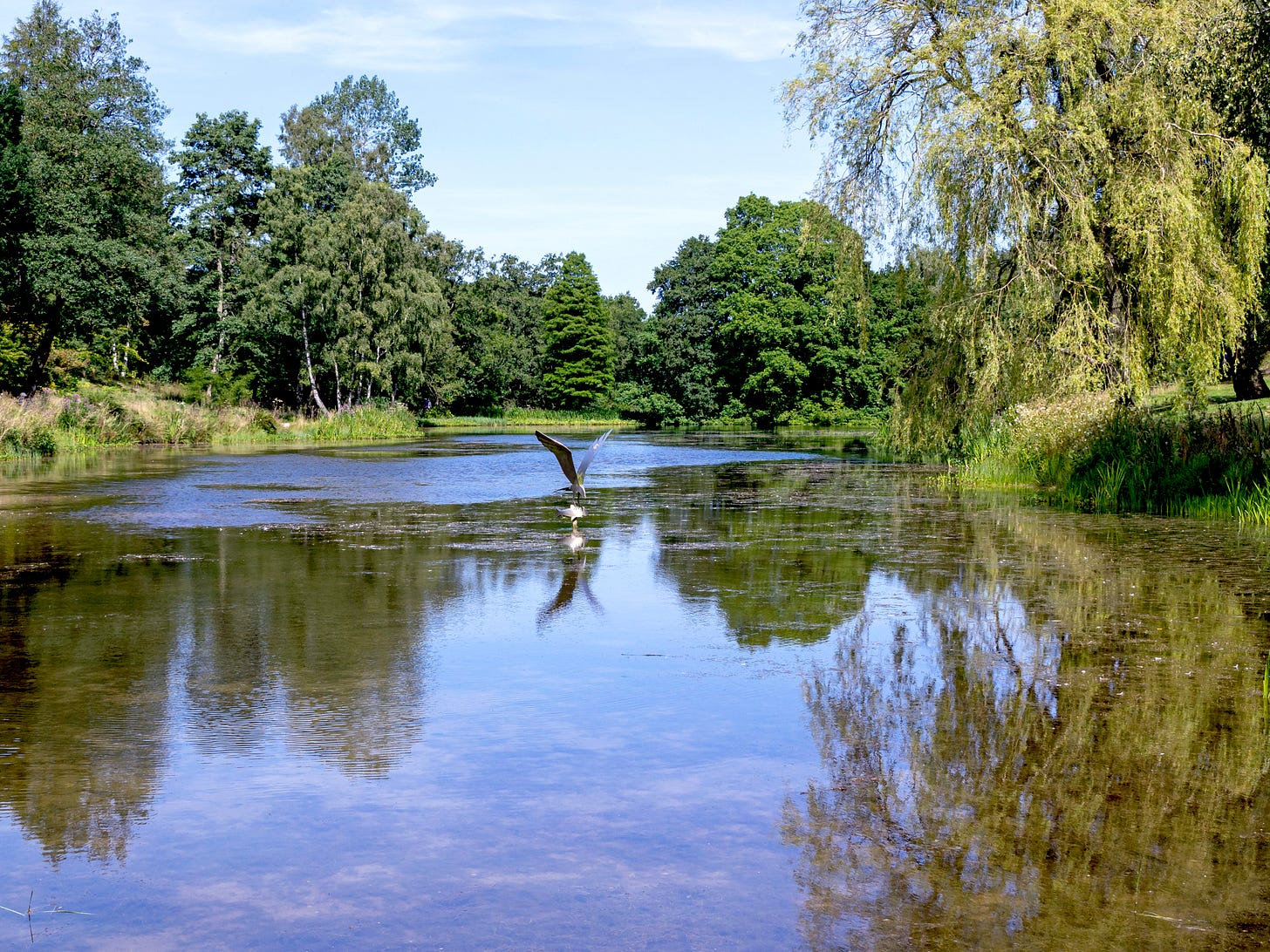
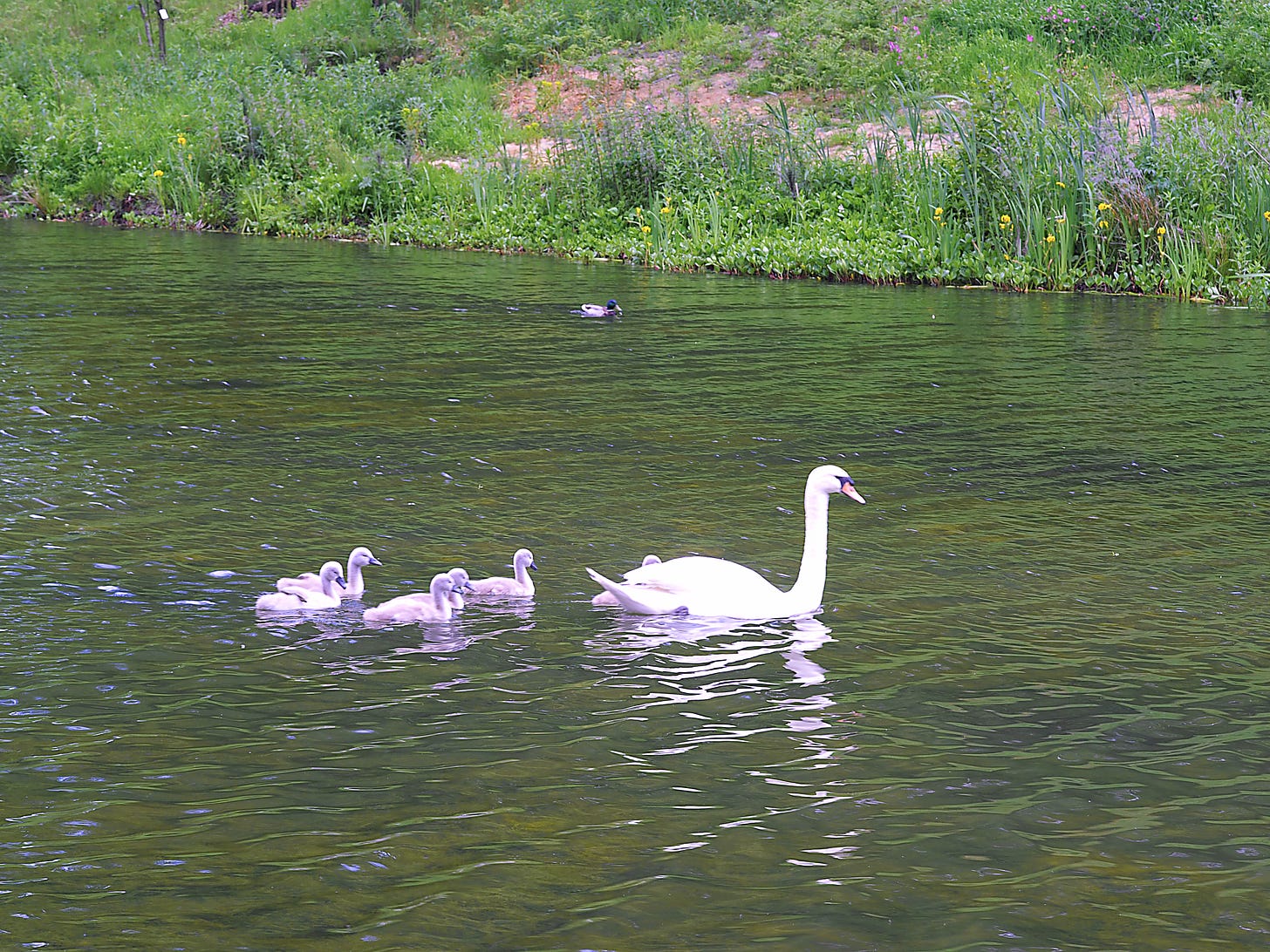
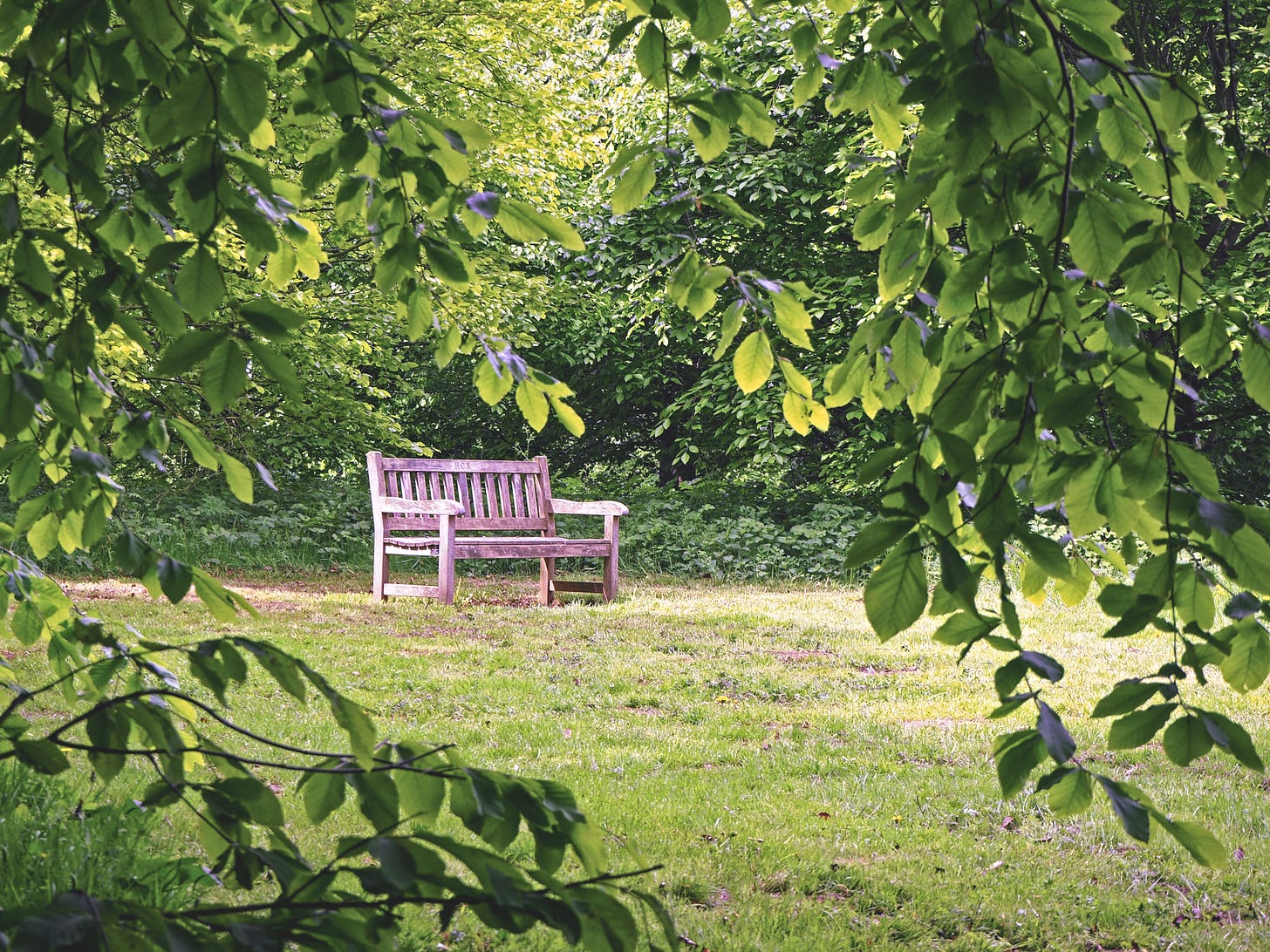
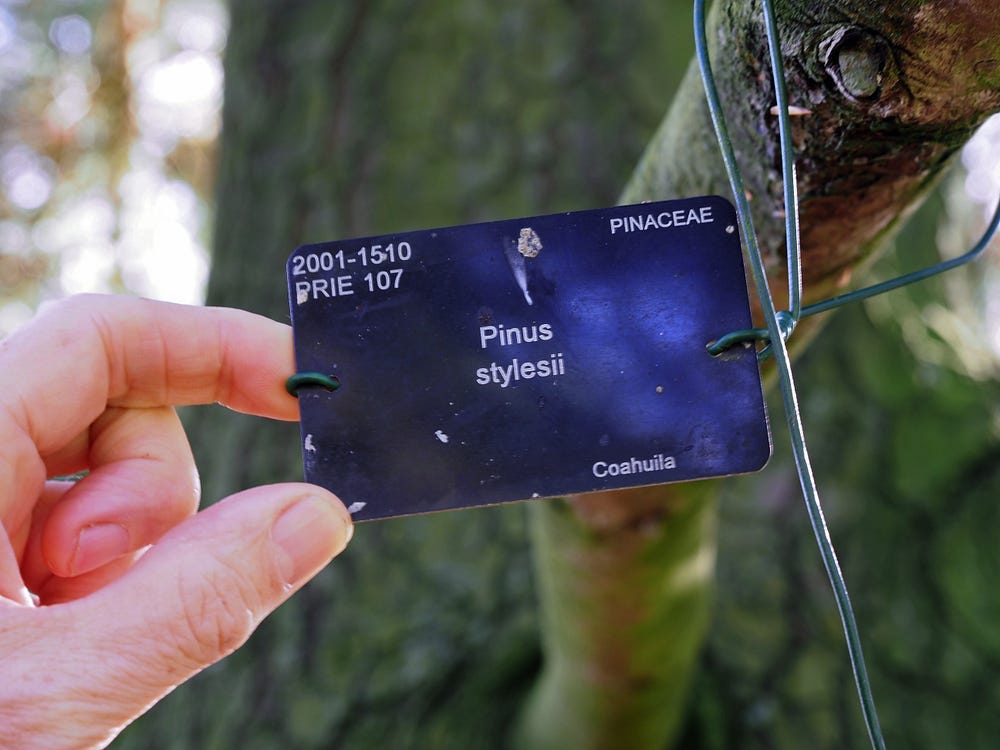

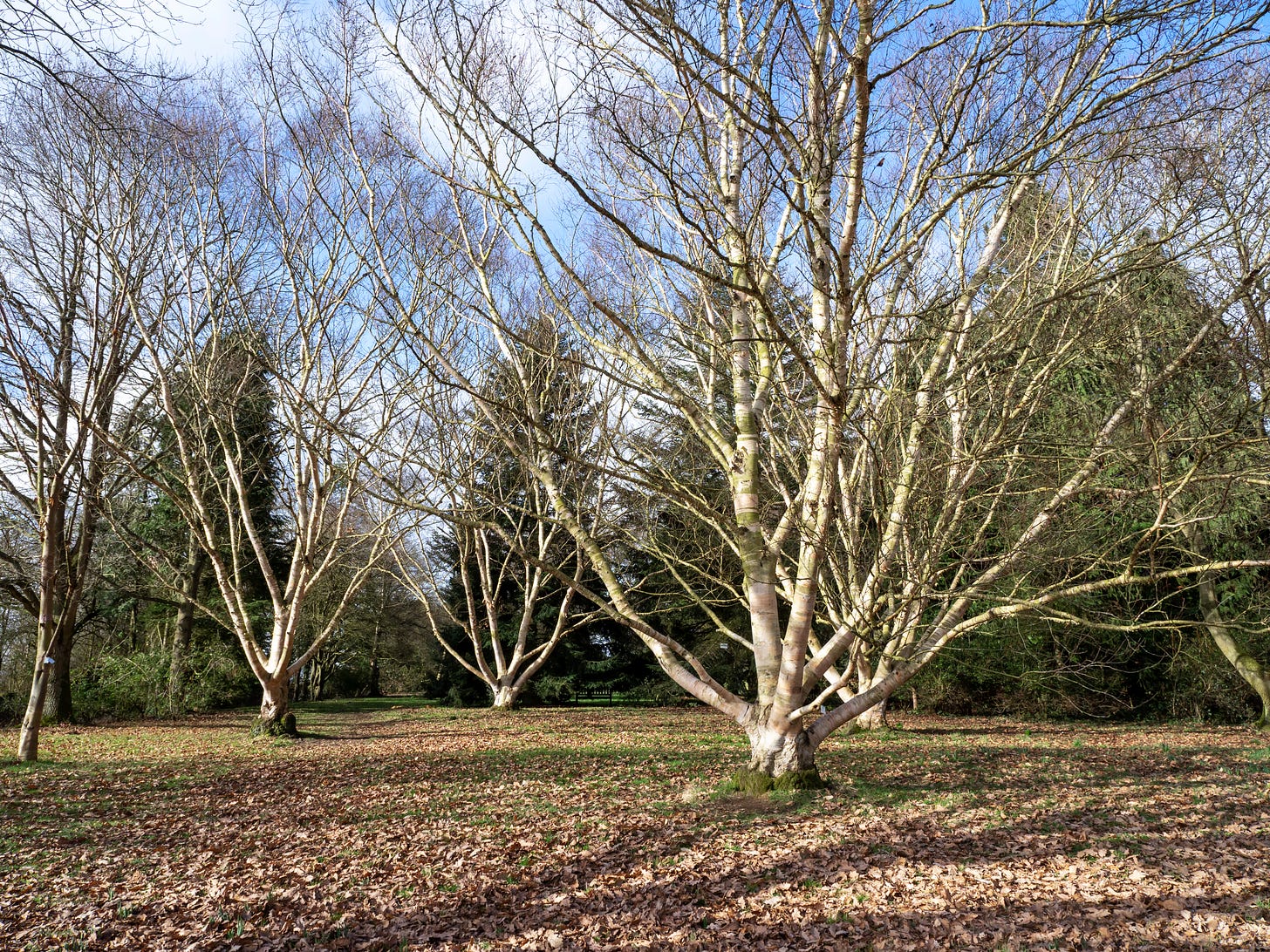

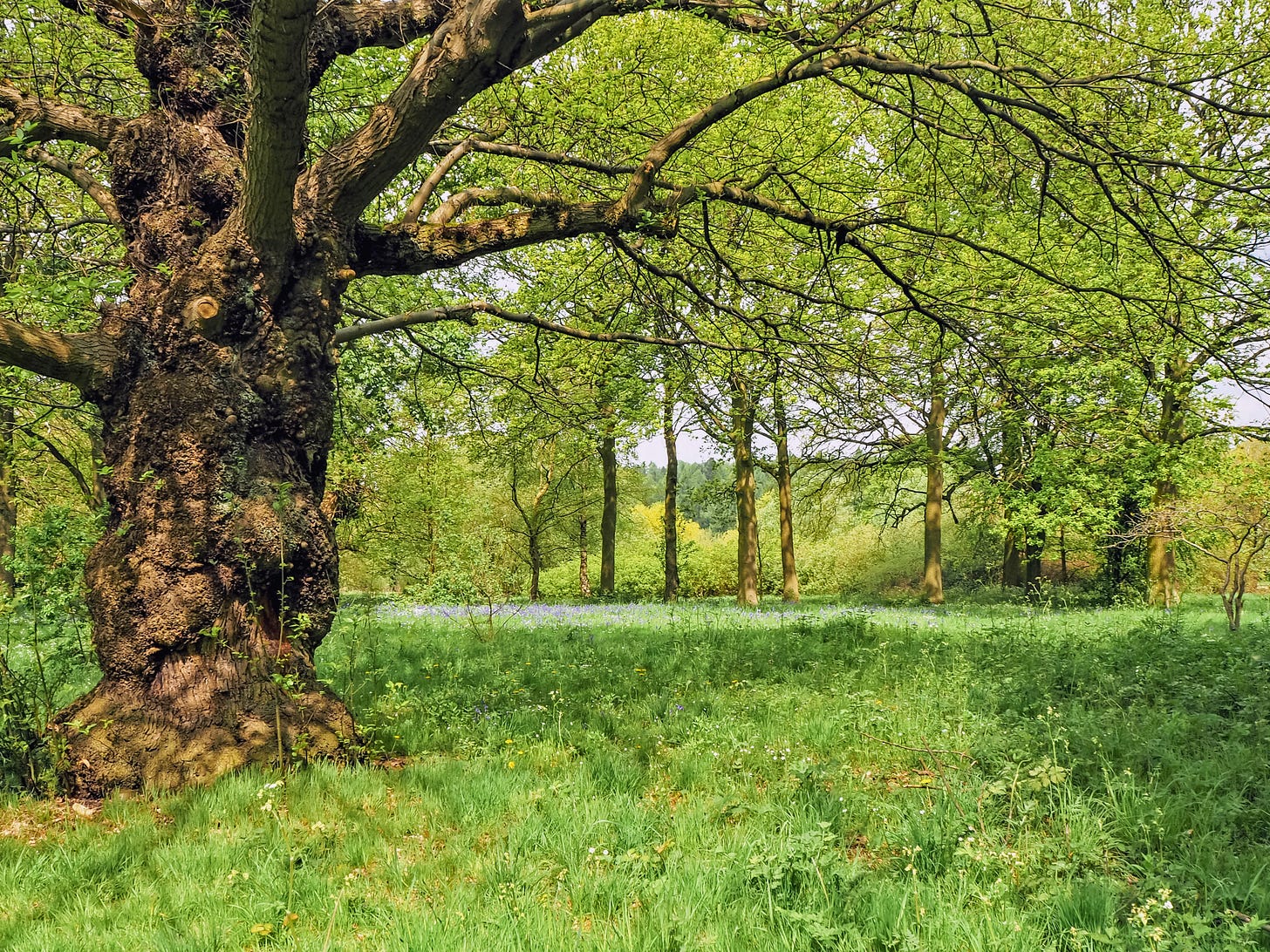

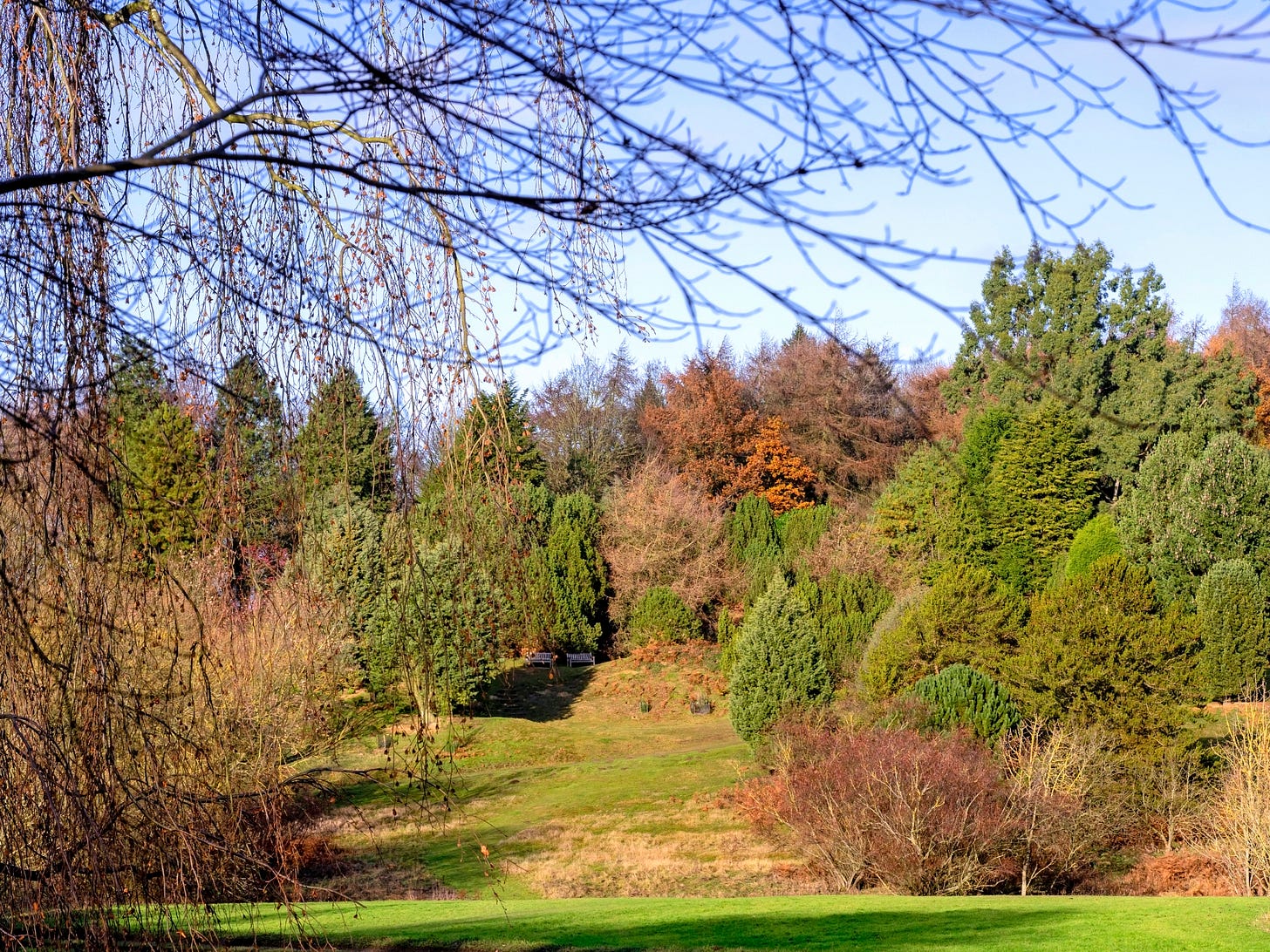
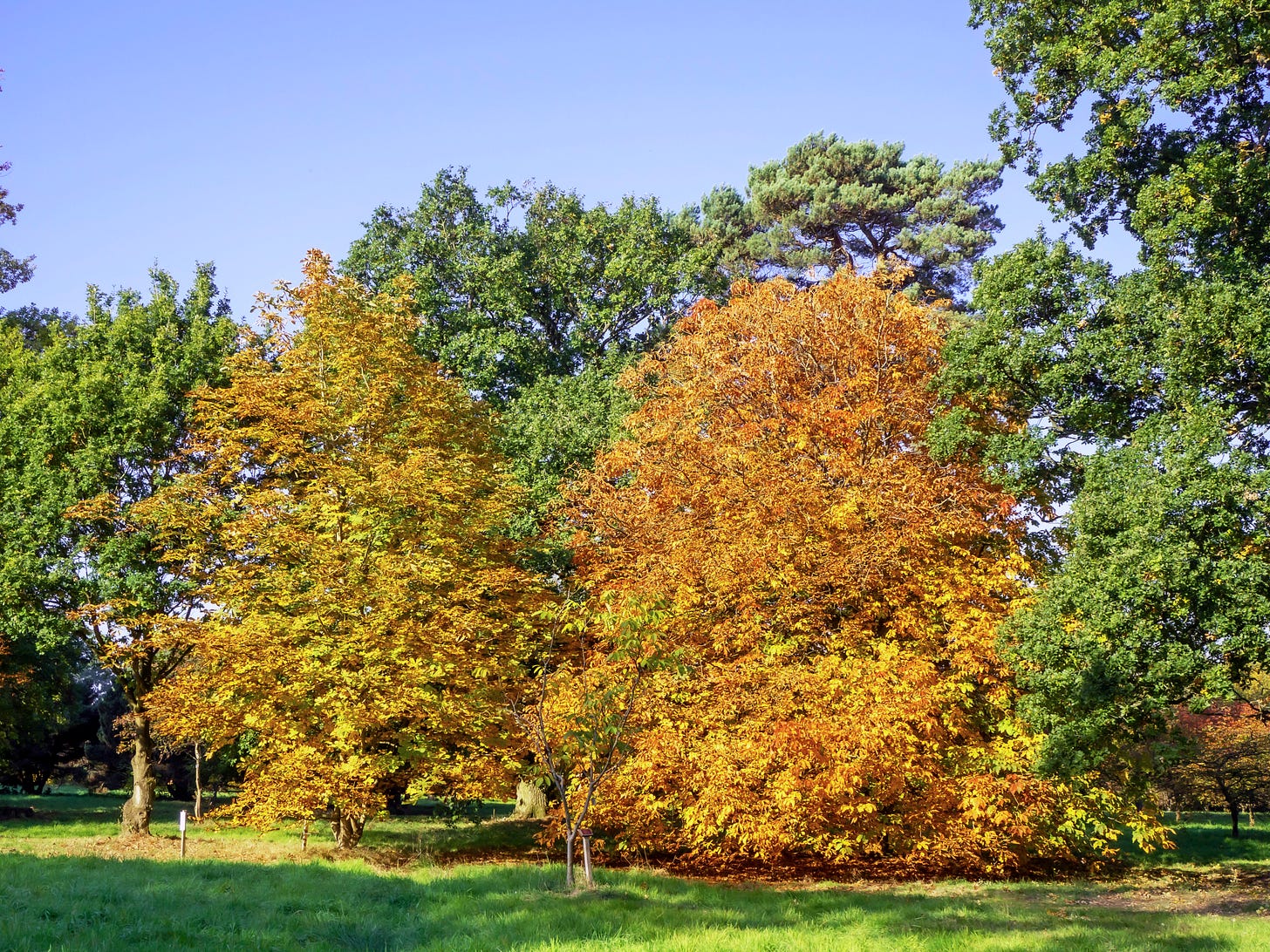
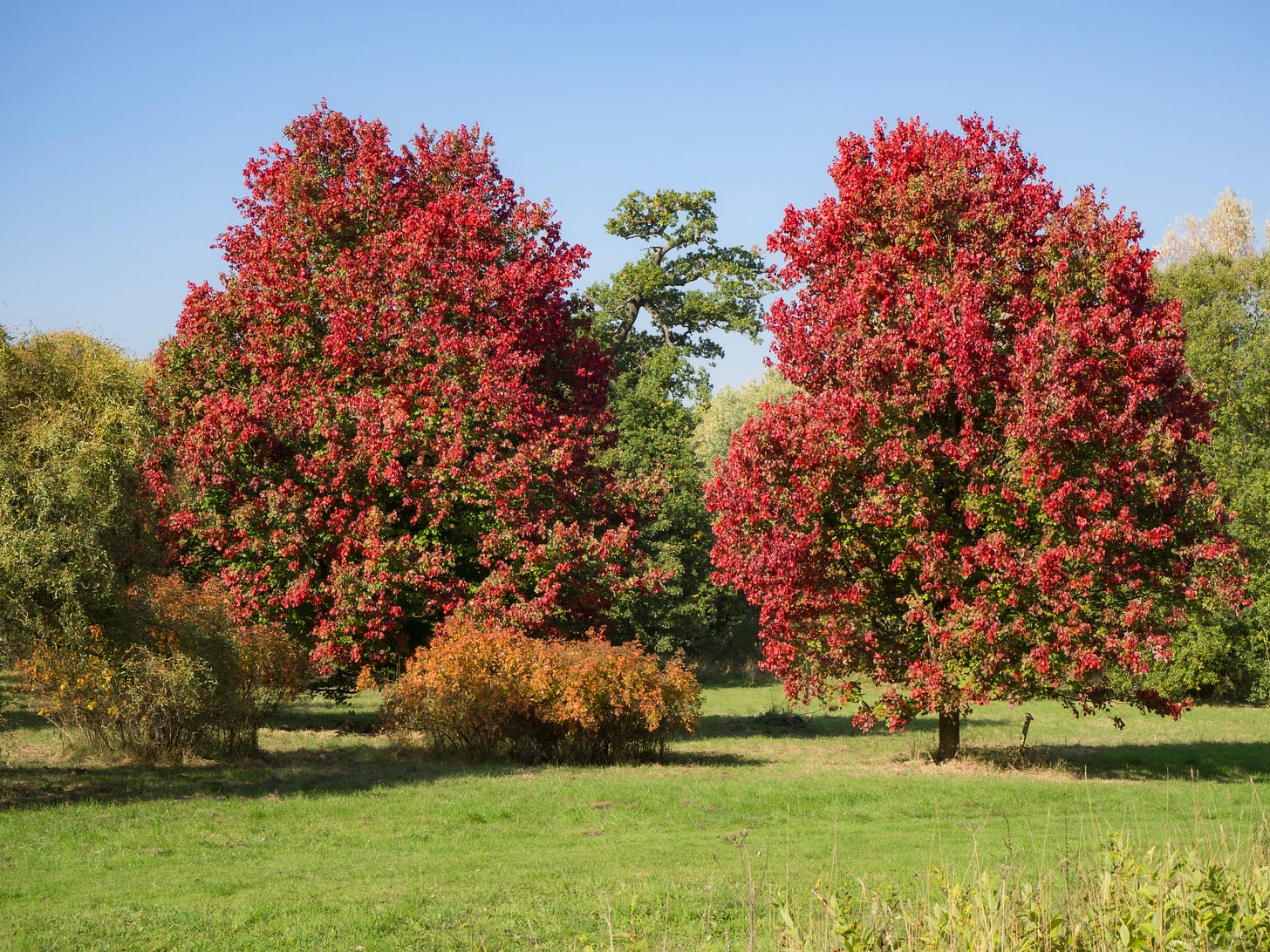
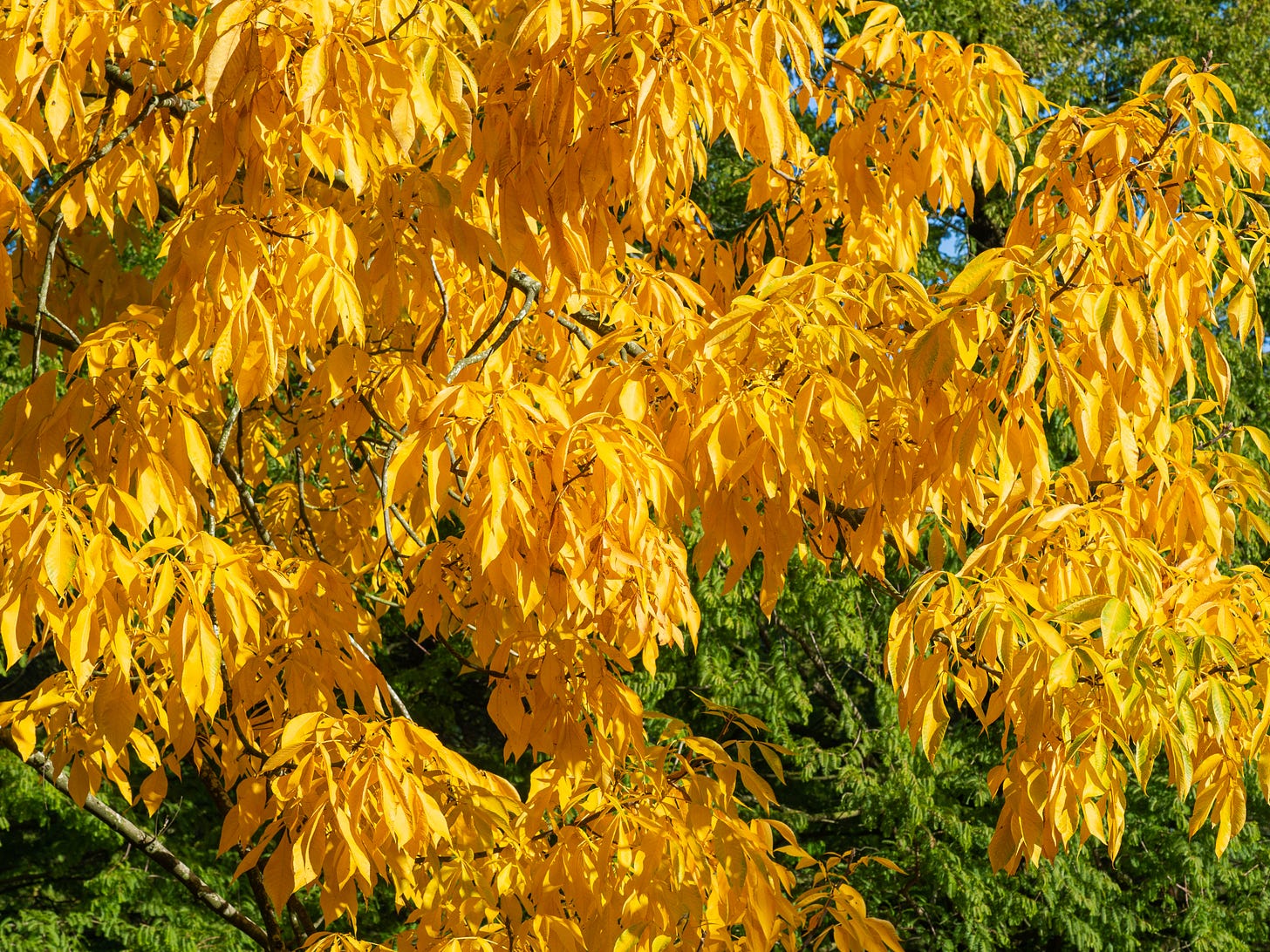
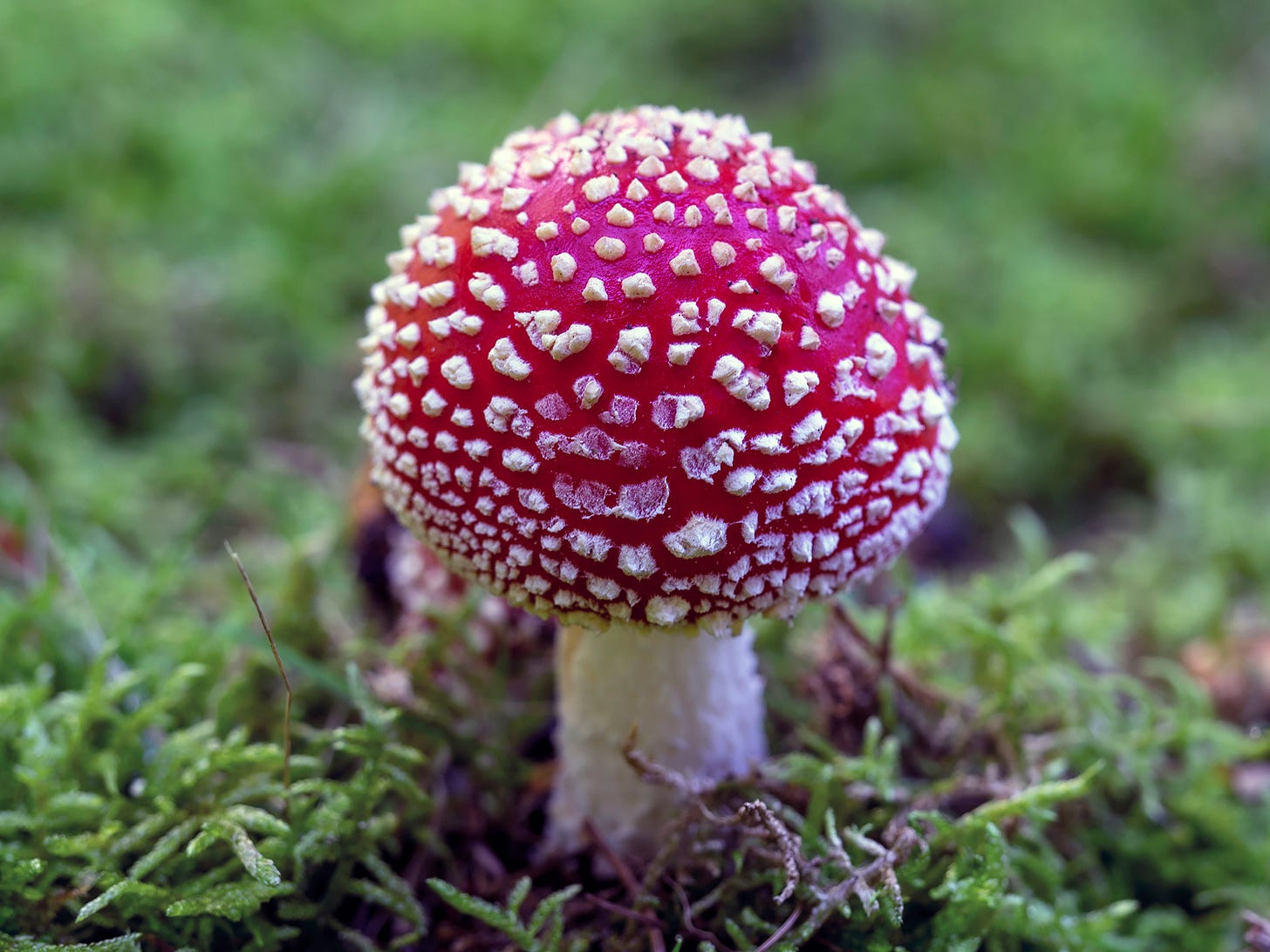
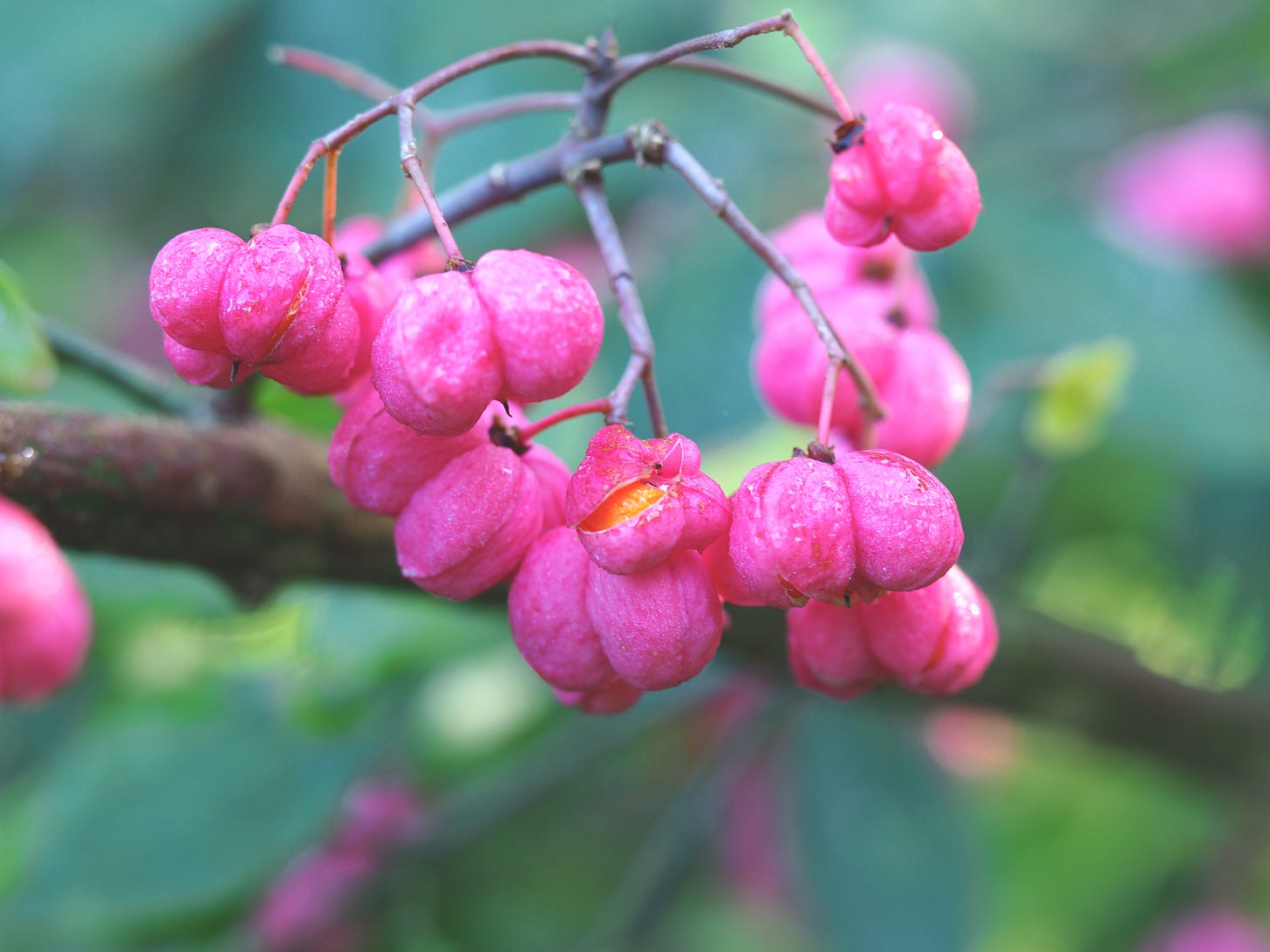
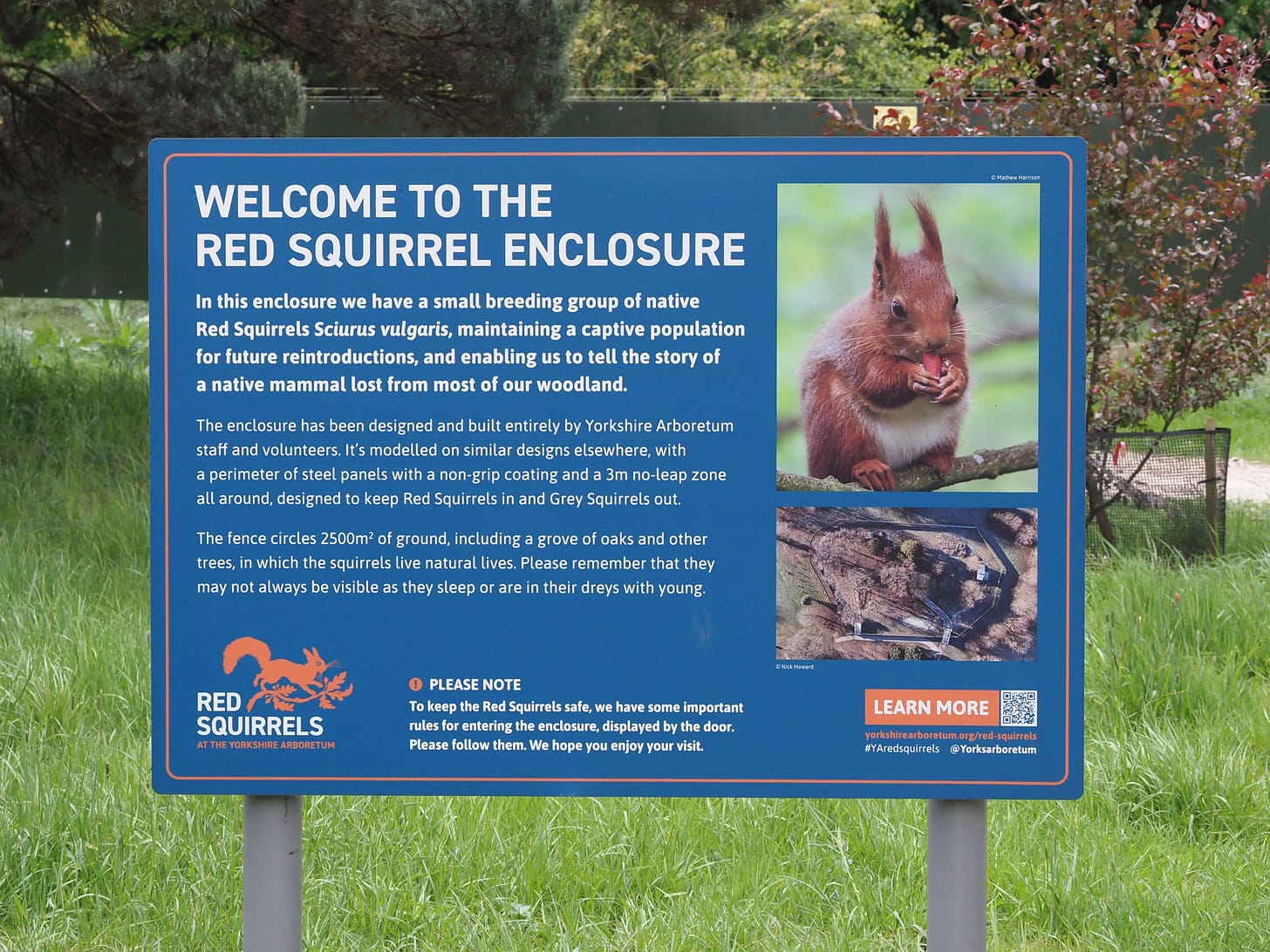
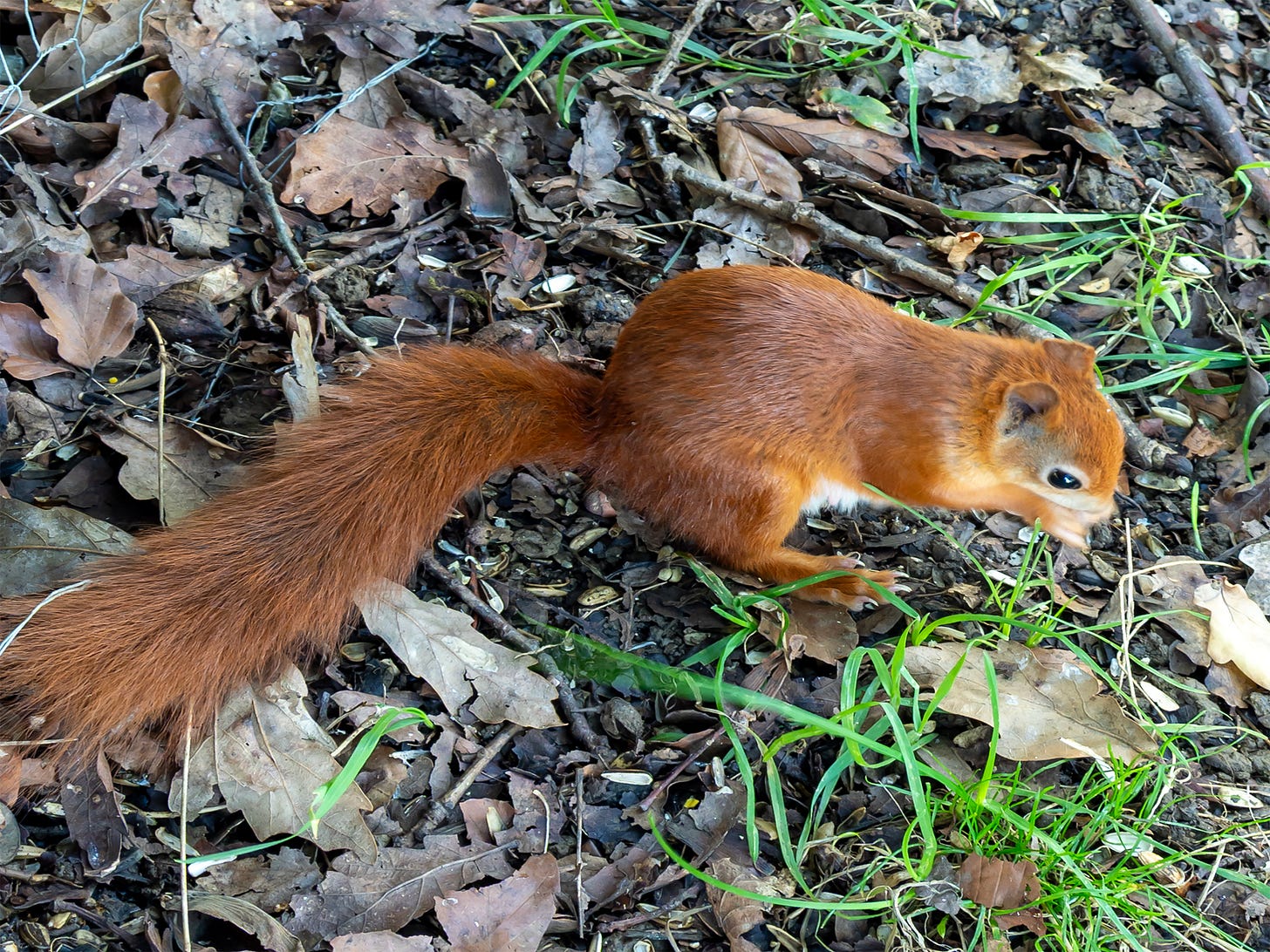
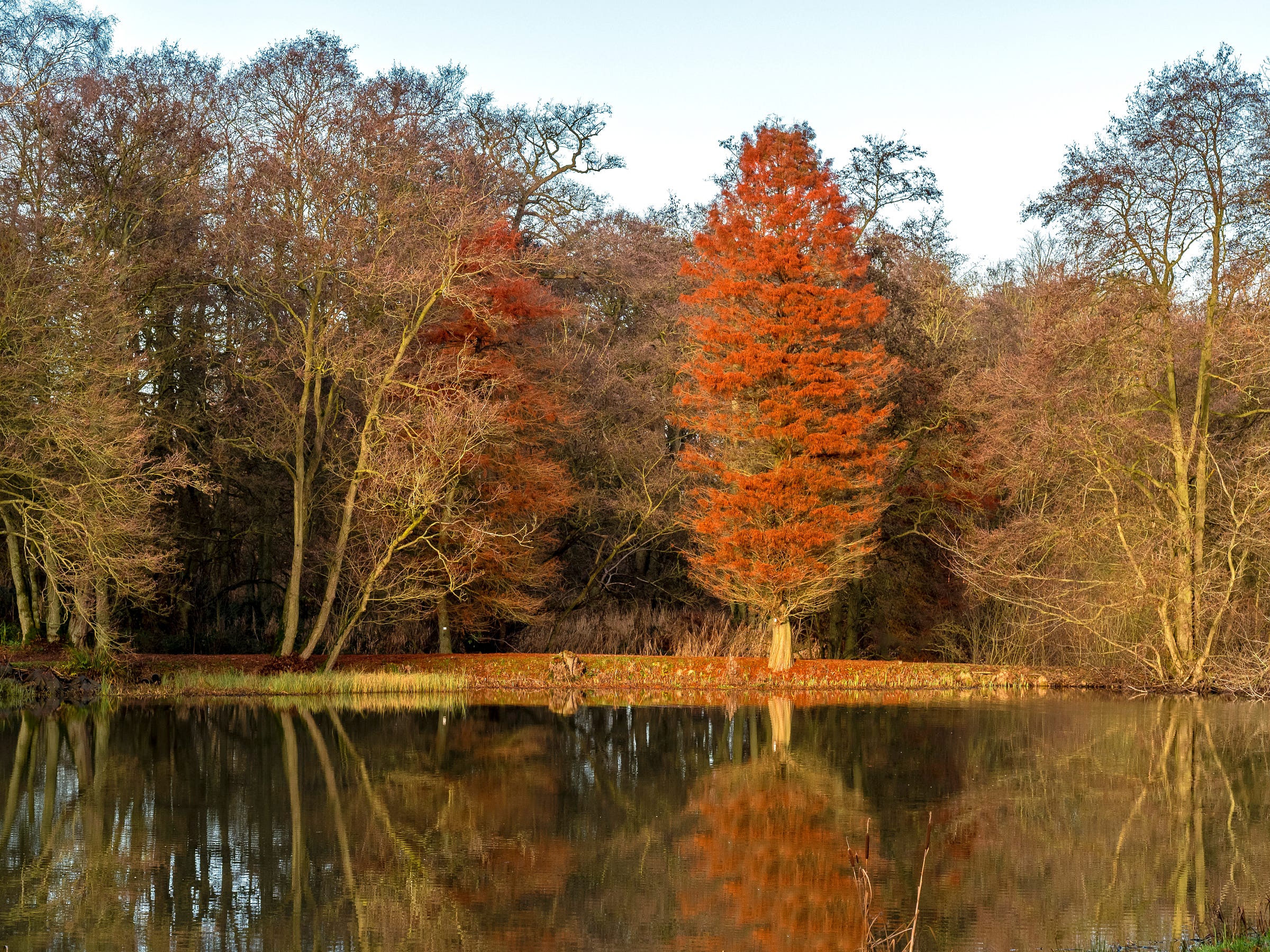
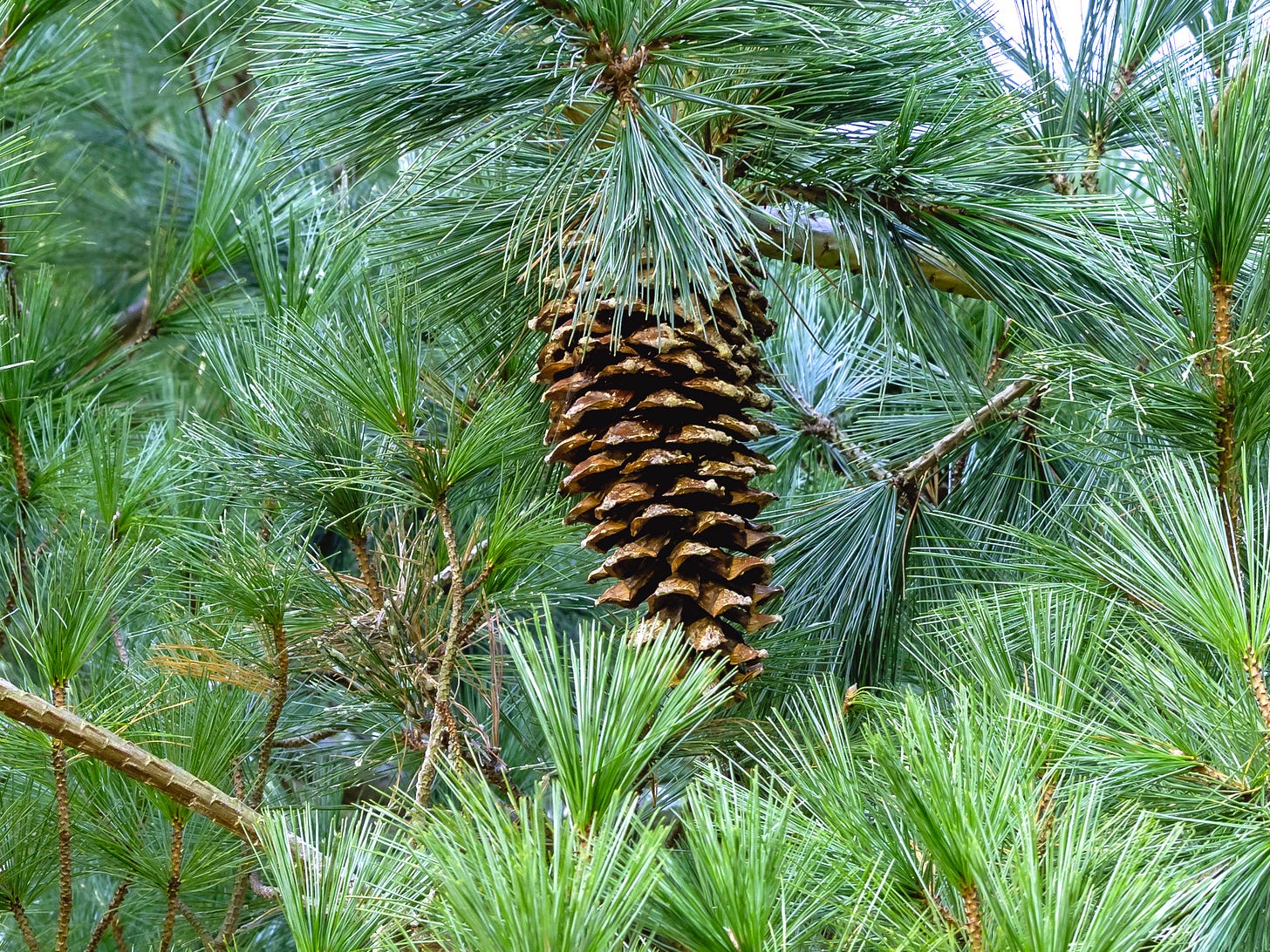
I have to say the dragonfly is weirdly my favourite! I've never seen one with such a stocky body
Wonderful post Angie, and at last, a place I know well. I was a member for a year and visited many times but have also been back numerous times since as it’s a great place to meet up with our very busy friends who live nearby. Lunch in the cafe is always good. Your review/guide is absolutely spot on, thanks for sharing.